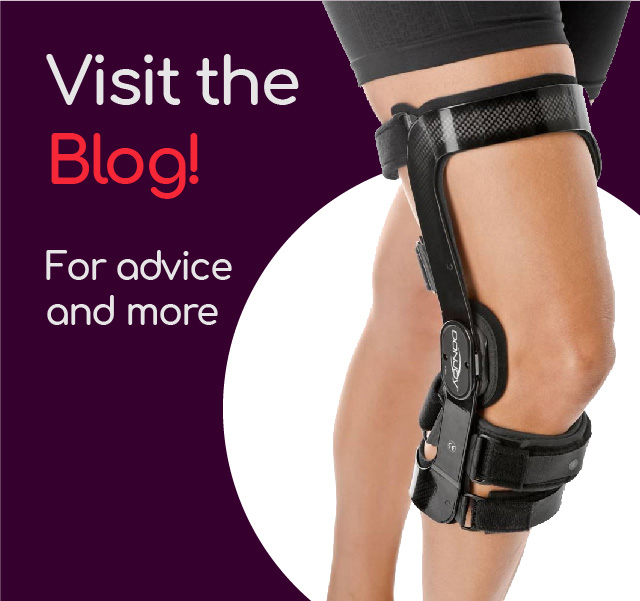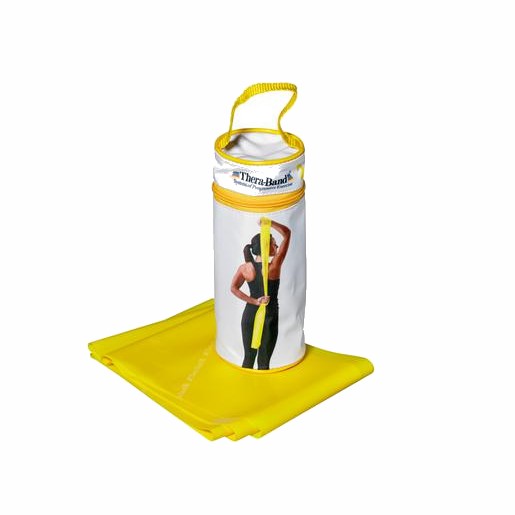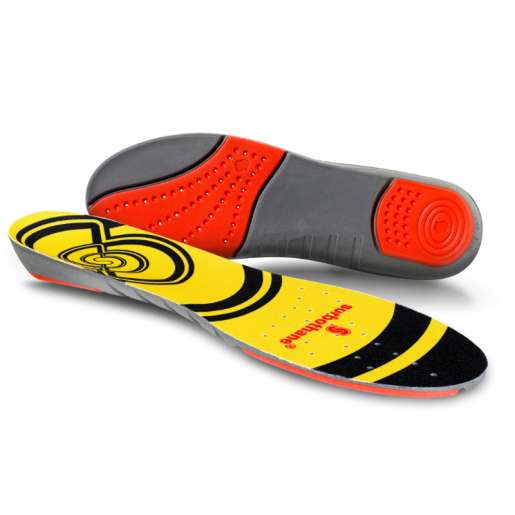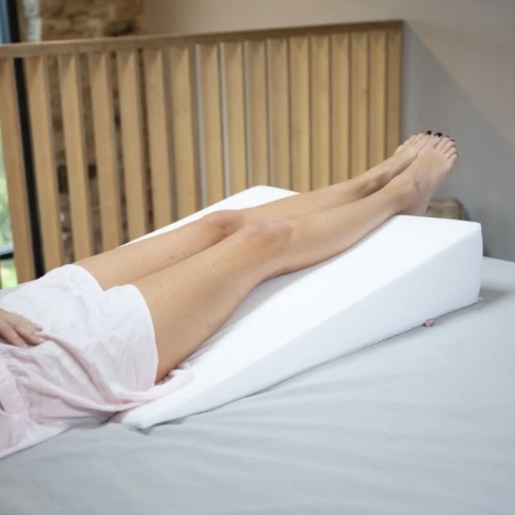| Most Common Mistakes After Knee Replacement26 June 2023 Total knee replacement is often performed on people who suffer from a severely damaged knee caused by arthritis, a serious injury or other conditions. Despite the procedure having a high success rate, not following a proper aftercare plan post-surgery can actually hinder the recovery process and prevent you from being able to perform everyday activities as you normally would. If you've recently undergone knee replacement surgery, you'll want to find out how to best take care of yourself to achieve a smooth and successful recovery. This guide will cover the Most Common Mistakes After Knee Replacement that can often set you back whilst healing from the surgery, alongside some tips you can follow to aid your rehabilitation. What Does This Guide Cover?Please see below some of the most common mistakes after a knee replacement and our advice on how you can help the recovery process of your knee post-surgery:
Mistake One: Failing to Move Your KneesSome people who have undergone knee replacement surgery are under the misconception that they should avoid walking or engaging in mild physical activity. They believe that this could potentially damage their knee implants, or that it will cause them injury. The truth is that your knee replacement will be more successful if you perform some stretches and move the knee as soon as possible after the procedure. Once the knee implants are in place, it's crucial to "run them in" by keeping your knees active and mobile. How You Can Avoid the IssueMoving the knees after knee replacement surgery promotes joint health, while also strengthening your muscles and improving your circulation to bring more oxygen and nutrients to those healing tissues. In order to help you embrace guided mobility, you should opt for some resistance bands that can aid your daily exercises and lead to a successful and complete recovery. The TheraBand Resistive Exercise Band (2.5m) is a great tool that can aid in developing strength, expanding the range of motion and bringing stability to your knees.
Mistake Two: Doing Too Much Activity Too SoonIf you're a physically active individual, it's likely that you'll be anxious to resume daily activities straight after your knee replacement surgery. However, engaging in high-risk situations such as stair climbing, or returning to strenuous activities that cause significant pain, joint swelling and muscle soreness (including football, skiing and lifting heavy weights), can put you at a greater risk of falls and injury. Avoid doing too much, especially during the first two weeks after your operation, and protect your new joint to guarantee a full and successful recovery. How You Can Avoid the IssueFor additional safety and protection of your knee post-operation, you should consider purchasing some shock-absorbing insoles that will relieve pressure and stress off your joints and aid with the recovery process of your knee replacement procedure. The Sorbothane Shock Stopper Double Strike Insoles for Knee Pain is a brilliant product that you can simply slip into your shoes to help absorb impact shock as you walk, this way providing extra support to your knees and preventing injury after your surgery.
Mistake Three: Skipping Physical Therapy and Failing to Take MedicationAfter undergoing knee replacement surgery, it is essential you take rehabilitation seriously and work hard towards your full recovery. Rehabilitation exercises help to improve mobility and strengthen the affected knee, although some patients tend to miss these exercises, which can actually cause muscle weakness, stiffness, and a decreased range of motion. To prevent this mistake, collaborate closely with your physical therapist to create a customised rehabilitation plan that you will commit to. Similarly, another mistake that can prevent patients from achieving a successful recovery is failing to properly manage medication. Pain medications are prescribed to help patients with managing pain effectively, which can in turn also facilitate movement and enable the knee joint to move more freely to promote faster healing. Mistake Four: Ignoring Pain or SwellingIt is normal to experience pain and swelling following a knee replacement procedure, but these symptoms should gradually get better as you heal. In some cases, persistent pain or swelling could indicate a more serious problem such as blood clots, infection or implant failure. Failing to act on these symptoms may require more invasive treatment that could prolong your recovery time. To prevent this mistake, report any pain or swelling to your physiotherapist or surgeon right away, they would possibly advise pain management techniques such as cryotherapy or icing the affected area. How You Can Avoid the IssueAs studies have reported, people who use cryotherapy after a knee replacement operation don't require as many analgesics to deal with the pain. The Aircast Knee Cold Therapy Cryo/Cuff with Cold Therapy Cryo/Cuff Cooler Saver Bundle works to effectively reduce inflammation and pain while helping you recover from your knee replacement surgery.
Mistake Five: Using the Wrong PillowIt is highly important to keep your knees straight when resting after you've undergone knee replacement surgery. Resting with your knees slightly bent could lead to multiple problems, including limping and quad weakness. Although it may feel like a comfortable position, it is better to sacrifice comfort rather than risk the efficacy of your knee replacement. How You Can Avoid the IssueInstead of using a curved pillow, opt for the Putnam's Memory Foam Bed Wedge Pillow, which will keep your legs raised at a straight angle. With this wedge pillow, you'll prevent permanent damage to your new knee joints while also achieving the utmost comfort as you sleep or rest your legs on your couch.
Follow Proper Rehabilitation to Achieve a Successful RecoveryKnee replacement is a major procedure, which is why it is so important to follow a correct rehabilitation plan and prevent some major mistakes that could hinder your recovery. In this blog, we've discussed some of the most common mistakes that patients often make whilst recovering from their knee replacement surgery, along with helpful tips and product recommendations to aid in healing and ensure a speedy return to your life's activities. Please feel free to check out our entire section of Knee Supports for Replacement if you are interested in finding more products that can assist you during the recovery of your knee replacement. We'd love to hear from you! Let us know in the comments how your knee replacement recovery journey is going, and whether you have any other tips to make the process go smoothly. | ||||||||||











